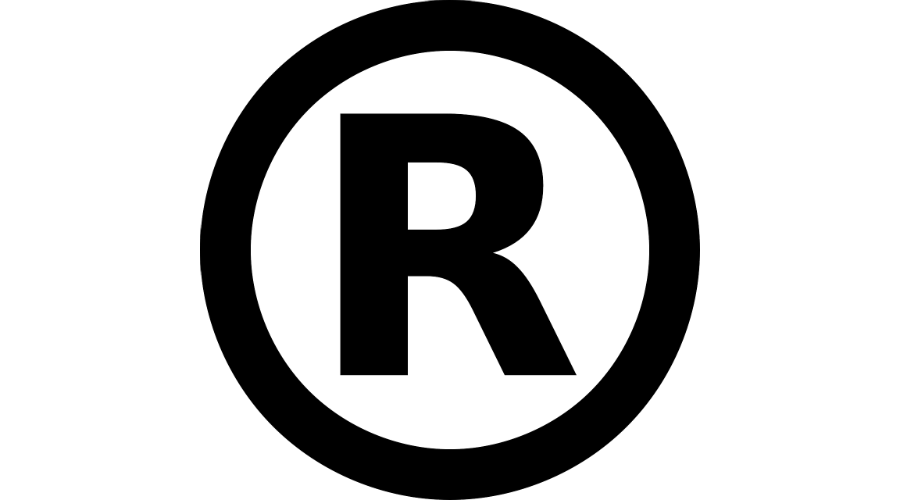
There are many things to consider when selecting a new brand, or taking your established brand into a new country.
Do your customers like it? Have you done your legal clearances? Have you filed your trademark application? Got those pesky domain names and social media handles? Are you using ™ and ® correctly? There are so many things to remember to do. Businesses are pretty good at doing their due diligence, but it’s easy to overlook something important, such as considering how your brand translates in other countries.
LEGAL BLUNDERS
An established New Zealand brand will have been used and registered in New Zealand for many years. Eventually, the day might come when the grass on the other side of the Tasman (or the Pacific!) looks far, far greener.
Legal rights are usually territorial and connected with particular categories of goods or services. Just because you can use and protect something in New Zealand does not mean the same is true overseas. In fact, having used your trademark in New Zealand for many years might increase the chance someone else has ‘innocently’ (yeah right!) adopted the same brand elsewhere.
Winnebago Industries began selling recreational vehicles in the US in the 1960s. Knott Investments ‘selected’ the same name and began using it for RVs in Australia in the late 1970s. This was only discovered in 1985. The parties have been battling it out ever since.
There are numerous examples of well-known brands expanding into new categories. This is particularly so with the increase in popularity of merchandising and licensing opportunities.
It can be particularly painful for businesses that want to enter a new market in a country where legal rights regarding trademarks must be established by ‘first-to-file’ and not through use, such as China and Vietnam. It is very difficult to unwind a trademark registration owned by someone else in countries with a ‘first-to-file’ system.
New Zealand is now part of the Madrid system for filing international trademarks. This system can significantly reduce the costs of taking your brand overseas early – well before you may have thought of exporting anything.
Hopefully, when you go looking for greener grass, your way will be clear. But if not, you will need to balance options such as negotiating (frustrating), litigating (expensive), or changing your brand (heartbreaking). Best to do your due diligence and ensure your trademark is available for use as early as possible.
WEB BLUNDERS
Business could not be any better. Your trademark is sorted, your distributors are lined up, customers are clamouring to get your product – this is the good life!
But wait. Did you remember to register that $40 domain name last week before the Seven Sharp interview?
Yes, but you forgot the free Facebook URL and Twitter handle? It looks like someone else has them already and is posting funny cat pictures.
2 Degrees Mobile probably wishes they owned 2degrees.co.nz. Senator John McCain famously missed the boat on the John McCain LinkedIn URL.
Domain names are cheap and easy to access. There are even online services designed to check the availability of and register all the well-known social media handles in one go. Keeping a domain name registered for five years might cost you less than one percent of what you will have to pay a cyber-squatter to relinquish your rightful asset.
These low-cost investments need to be made early. If you do miss out, you still have options. Many companies like Twitter and LinkedIn have systems to let you reclaim handles from nefarious squatters. There are well established processes for reclaiming domain names. But you cannot always guarantee success, particularly if you do not have a corresponding trademark registration.
EMBARRASSING BLUNDERS
Language and customary meaning is also different from country to country, and can have subtle nuances when taken from one category to another. Here are a few historical, sometimes humorous, and often painful examples.
- Pepsi took the slogan ‘Pepsi brings you back to life’ into China. Unfortunately, it translated as: “Pepsi brings your ancestors back from the grave”. I don’t think they anticipated any zombification.
- The California Milk Processor Board’s ‘Got Milk?’ campaign did not go down well with Spanish-speakers. It translated as: “Are you lactating?” Additionally, it was considered offensive, because being deprived of milk was not ‘a funny spot to be in’.
- An English orange juice campaign used the slogan: “Orange Juice. It gets your pecker up.” Apparently it is a traditional, positive, ‘get-up-and-go’ statement over there.
- ‘Gerber’ is both the name of a famous baby food maker, and a French word meaning ‘vomiting’.
It is common these days to ask the foreign lawyers who are doing your clearance searching to also: “Identify whether this mark has any negative connotations in the local market.” This translates simply as: “Please, please save my bacon.”
AVOIDING BLUNDERS
Taking an established brand into a new country or category should always be treated like the launch of a completely new brand.
Some people will tell you it is impossible to predict these types of situations. However, the truth is that good legal advice and local market research should identify these problems early and provide strategies for getting you to where you need to be.








